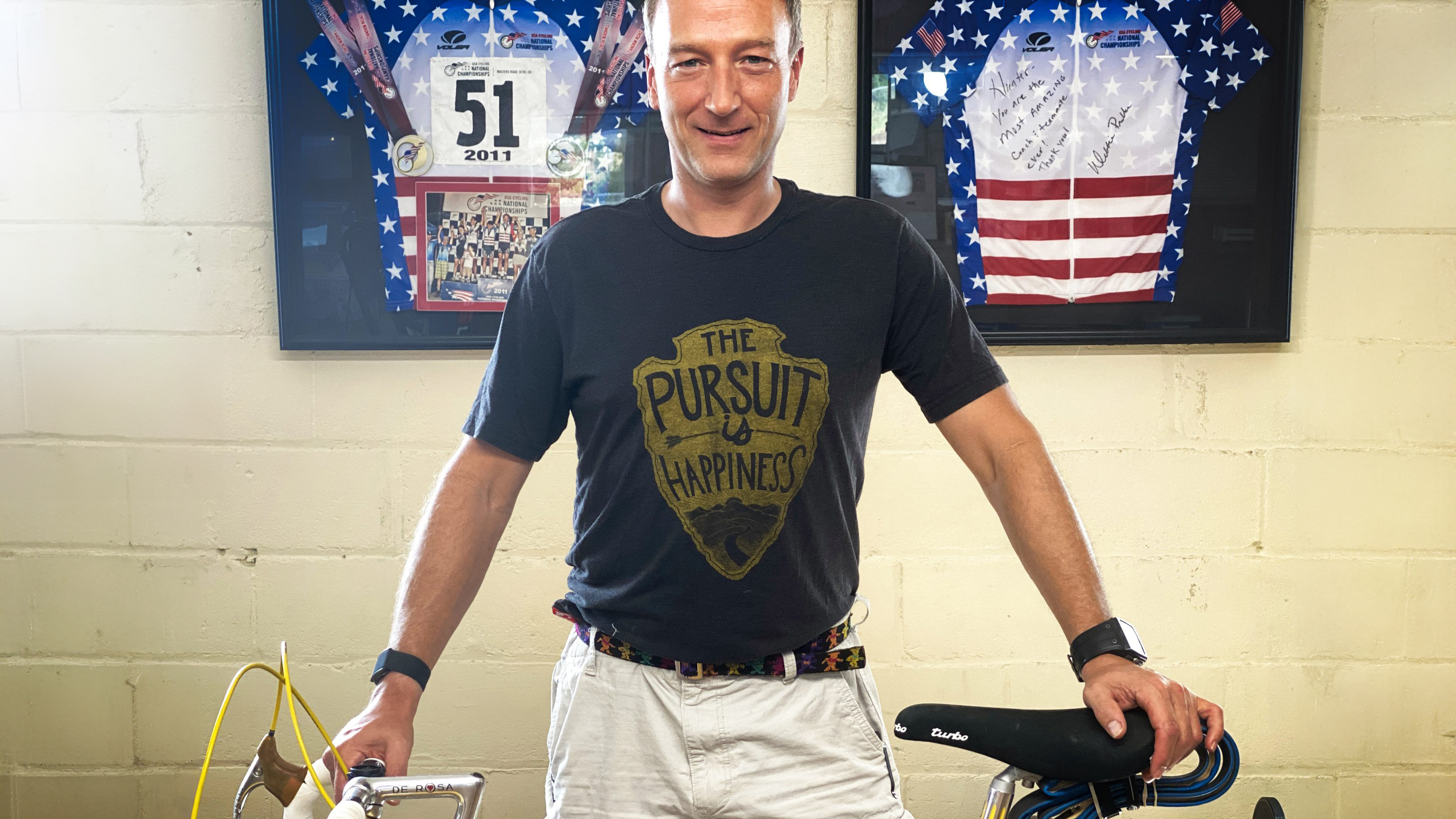

As a reviews writer on Cyclingnews, I keep a selection of our longstanding in-depth buyers guide pieces under my watchful gaze - updating from one year to the next and endeavouring to ensure they offer the very best advice to our readers.
One of the articles that's under that umbrella is our list of the best power meters. I take on that guide because it's been years since I rode without power data. I track every ride and I pay attention to the details and yet, I also make a lot of assumptions about the history and my understanding. I say things like power meter data is "the basis for all modern cycling-specific training" without really thinking about what that means.
Power meter training is a relatively new technology. In the mid-90s professionals were occasionally dabbling in the use of power meters but the pricing and limited technology placed it out of reach for regular people. Around 20 years ago the technology started to really take off but only because of the actions of a few key people and chance circumstances.
One of those people, which you might recognize from a book on your shelf, was Hunter Allen. Allen is co-author of Training and Racing with a Power Meter now on its third edition. Allen didn't do it alone though and as I sat down to chat with him about this history, I found it fascinating to hear how often he gave credit to USA Cycling and how all the pieces came together.
If you are a serious cyclist, or would like to become one, a power meter is a necessary upgrade. Owning one allows you to train more effectively and pace yourself over long efforts but only because of our modern understanding of how to interpret that data. This is a story of how the tools we rely on today came to be and what comes next.
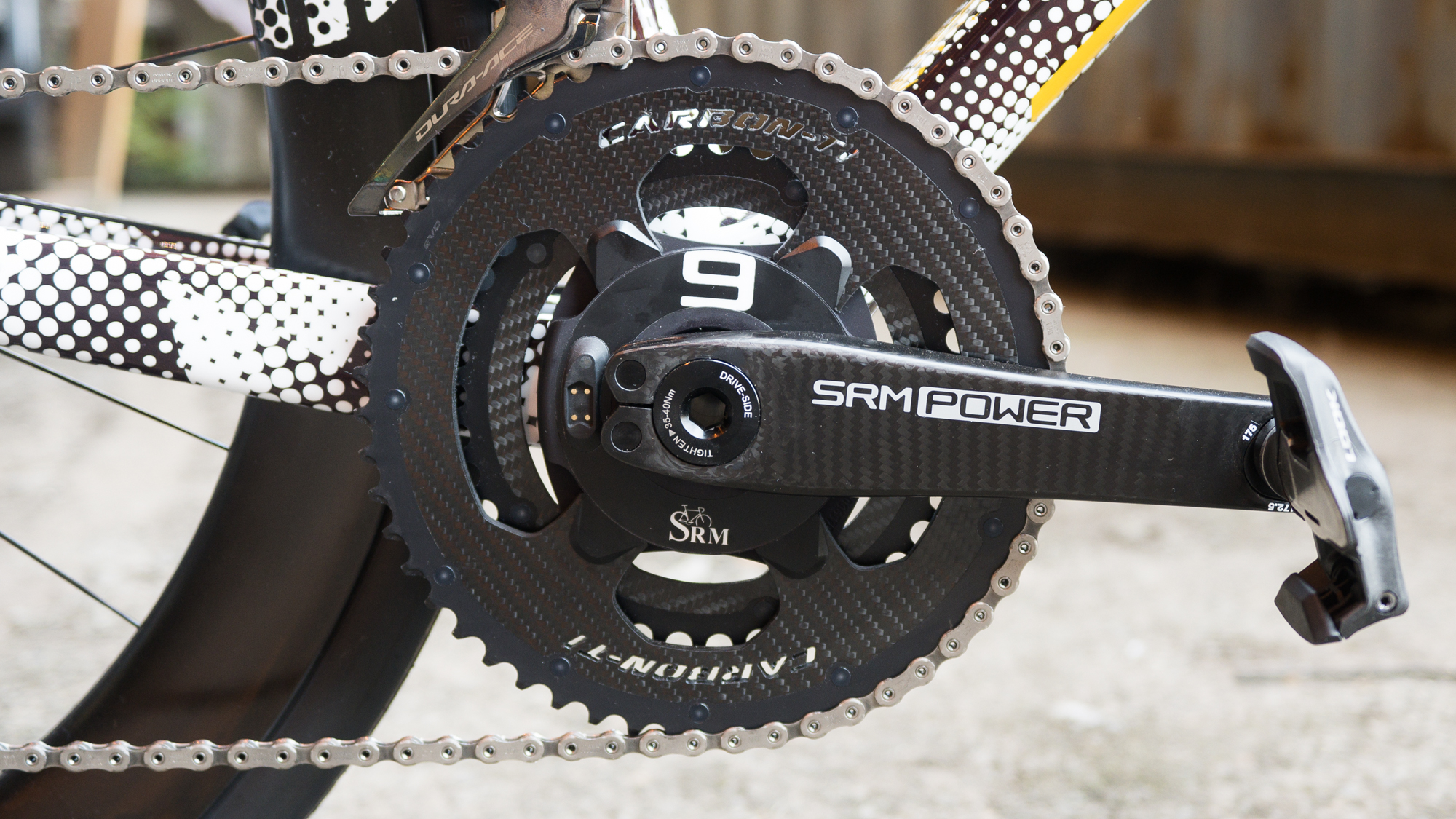
An amateur started it all
When you think about innovations in cycling, it's often from the top down. The positive spin is to say the professionals start using something and consumers reap the benefits of that research. You could also say that the UCI makes a rule and manufacturers chase it leaving consumers to deal with the results. In this case though, one of the threads that Allen wove through our conversation was how the flow of information was largely reversed in this case.
Despite that claim, it is also important to recognize that Hunter Allen is retelling a story as it relates to his work. Dr. Andy Coggan has an article on the website he shares with Allen. In that article, he relates some of the key moments in the 90s when power meters became an important tool. Among them, "the first use of power meters by an entire team during a stage race (by the U.S. National team at the Tour du Pont in 1994), the first use of a power meter during a mountain bike race (at a test event held on the Atlanta Olympic mountain bike course in 1995), and the first use of power data to characterise the demands of the individual and team pursuit (by the German cycling federation and also as part of USA Cycling’s Project 96). The Australian Institute of Sport also collected extensive power data on their athletes in training and in competition from the early- to mid-1990s onward and especially during the lead-up to the Sydney Olympics in 2000."
Despite those key moments, already happening in racing, there is still a difference. At the time, power meter hardware was exceptionally expensive and that limited the market. Even more important than that, there was no playbook for how to interpret the data or what to do with it. Without that piece even those with money to spend didn't have a clear path to using a power meter. That is, of course, where Hunter Allen comes into the picture.
From Allen's point of view, the story starts with a keen amateur and access to hardware. When PowerTap rear hubs hit the market at prices that put them within reach, early adopters started to put them on bikes. One of those men was a computer programmer named Kevin Williams. This is someone racing in cat 4, and eventually cat 3, who just wanted to get faster on a bike. Williams came to Allen, an ex-pro who started a coaching company, and asked Allen to coach him with a power meter.
That moment is when history changed. You can decide how important that is in the scheme of cycling but there's a clear moment when the ball starts rolling. Allen accepted the challenge but as the coach and client traded spreadsheets of data, Allen realised he needed a better understanding. He bought a power meter himself and started using it alongside Williams.
For Allen, the goal was to gain a frame of reference. He told me he entered races and did a bit of sandbagging in Cat 3 road racing but also hill climbs, TT races, and crits. The point was to see what power ranges it took to win races with an eye on being able to prescribe relevant intervals.

USA Cycling enters the picture
While this budding coach/client relationship was developing between Allen and Williams, the larger conversation about power meters continued. Part of that was a conference put on by USA Cycling and centred around using a power meter for training and racing. This was the first time that any organisation had ever organised something like it and presenters included names that are familiar today.
Dr. Allen Lim, now known as the founder of Skratch Labs, was there because of his doctoral work focusing on the use of power meters. Dr. Andy Coggan, who went on to be an integral part of developing the guide to training that we now consider modern power meter training, was there as a leader in the field at the time. Finally, Dean Golich who had been a physiologist for USA Cycling from 1994 to 1996 and was responsible for introducing power meters during that time, was there to share the numbers he had from his athletes.
As Allen and Williams sat in the audience and listened to the presentations, Allen told me that the theme unfolded. The presentations revolved around the idea that while this data was being generated, there were holes in its usefulness. Primarily, there was a lack of software to help interpret the data for the layperson and no good way to see trends over time.
As Allen and I chatted, it's here that he gets quite passionate about what was missing. As a coach, what he recognized was the lack of ability to see context. While it was possible to see how many watts an athlete pushed at a given moment in a ride, there were no long term charts and graphs. Today we have a variety of ways to understand this but at that point, none of it existed.
It's at this point in the story that history changes again. Kevin Williams tells Hunter Allen at this USA Cycling conference that he can build the necessary software. This moment is worth calling attention to as USA Cycling brought together a group of people who clearly explained the state of the technology and what was lacking. The organisation also, unknowingly, put a pair of men who had the skills to solve that problem into the same room.
As an athlete, it's easy to forget that USA Cycling provides this kind of opportunity but at this moment in time, it happened. With the goal in mind, Williams started asking Allen to help shape the software from a coaches point of view. Allen shared what he needed to be a successful coach and the two worked on the project until they "had a piece of software that was pretty usable" between the two of them.
Dr. Andy Coggan joins the team
I've already mentioned Dr. Andy Coggan more than once because his contribution to this history is so important. I didn't sit down with Dr. Coggan but as I look at my data from yesterday's ride, it's the Avg Normalized Power I tend to look at first. Next to that field is a note that says "Dr. A. Coggan formula" and that's just one example. The terms we use to describe power data more often than not, come from Dr. Coggan. One of the reasons for that is, again, the fact that USA Cycling put a number of the right people in a room together.
As Allen and Williams worked on their software together, the two got to a point where they needed outside input. As Allen put it, "me as a coach, I don't have a masters in exercise physiology or anything, I've got a degree in economics." So as the two started to see trends in the data, they needed someone with the expertise to advise on the relevance of it.
Bringing Dr. Coggan onboard brought a new perspective to the software. As he spent time looking at what the athlete and coach perspective were showing, he lent his research perspective. This new dimension brought in ways to spot larger trends but it's also the moment that those same names and data fields we use today became a glint in the eye of a parent.
Hearing Allen describe it, Dr. Coggan became another problem solver. Allen continued to lend his expertise in coaching but now there was someone with the expertise in physiology to translate those needs into metrics you could see in the data. Concepts like Training Stress Score (TSS), Intensity Factor (IF), and the already mentioned Normalized Power came out through this process but the real goal was to be able to predict peak fitness.
Coach and physiologist were now working in concert with the goal of serving the athlete by predicting the future. The power meter was a way to gather the relevant data and the newly developed metrics created a way to score, rate, and recommend needed training. The final piece of the puzzle was the software, CyclingPeaks (now TrainingPeaks WKO+), that for the first time ran on windows and made it easy for the general public to combine the metrics and data for analysis. With these pieces in place, modern power meter training had formed.
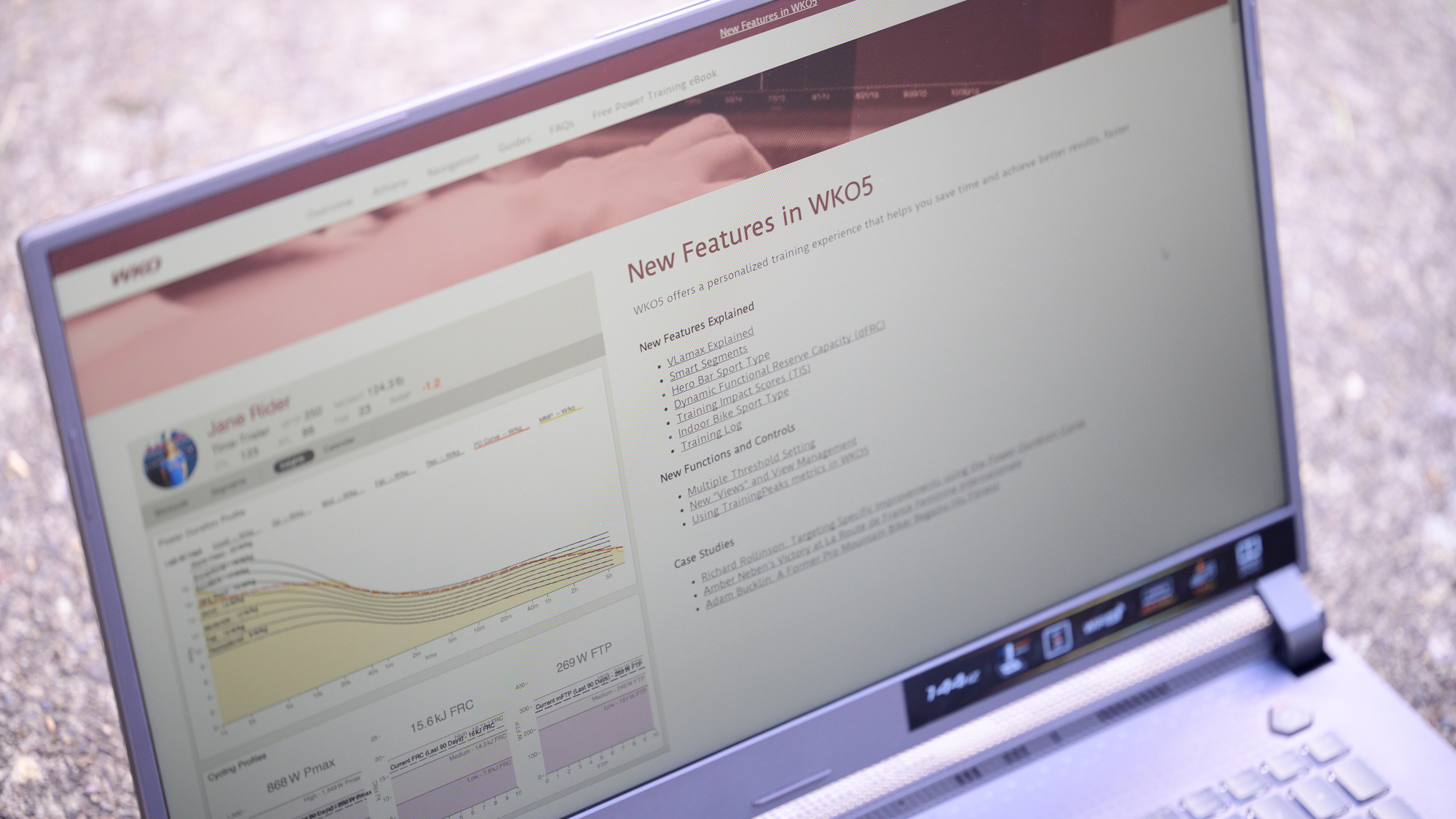
How the hardware race shaped the conversation
As a hardware person myself, one of the tangents in this discussion I found interesting was the way that the hardware companies shaped the history of power meter training. Allen talks about PowerTap extensively as a catalyst for the industry. While early PowerTap hardware wasn't considered good by today's standards, it was the first option that was affordable enough for widespread adoption. The weather sealing wasn't great, the battery wasn't fantastic, and there was a serious weight penalty but it worked and the price undercut other options.
Despite that early influence, today PowerTap is only a footnote. Saris bought PowerTap in 2001 and went on to use the technology to develop smart trainers and power meter pedals before eventually selling to SRAM in 2019. SRAM had already acquired Quarq at that point and in the years since, PowerTap products slowly disappeared from the market.
Allen tells me though, this all could have been different. In 2002 his team presented the software they created to Saris and PowerTap with an opportunity for purchase. Allen and his team asked for $100,000, Saris offered $35,000, and both parties walked away with Allen saying it was a catalyst for his team's next step.
That next step was the launch of Cycling Peaks Software August 4th 2003. Initially launched to a listserve of passionate cyclists discussing how to train with power, Allen and his partners expected only modest demand. As it turns out, they underestimated the demand and they sold a lot of copies with Cycling Peaks Software really taking off as a software company. All the while proving that Saris made a mistake.
At the same time, and even before PowerTap, SRM was also cementing the brand's name in the history books. While Allen is American, and the story he tells is largely centred on his American perspective, there was a whole world of cycling ongoing. SRM came to market with a price tag that put it out of reach of consumers but also reliability that made it attractive to professionals.
Allen mentioned a number of times in our discussion how impeccable the products SRM put out were in comparison to other options at the time. He also talked about founder Uli Schoberer and his relentless drive to help pro riders use his products. What Allen explained is that while USA Cycling and his company helped bring power to the people in the US, Schoberer and SRM were bringing power to the pro peloton in European racing.
Allen also credits SRM with solving the last major issue with power meters in the pro peloton, sponsor conflicts. PowerTap hubs conflicted with wheel sponsorships while SRM cranks conflicted with groupset sponsorships. When SRM started building power meters into Shimano and Campagnolo cranks, it opened the field up and allowed power meter use during pro races.
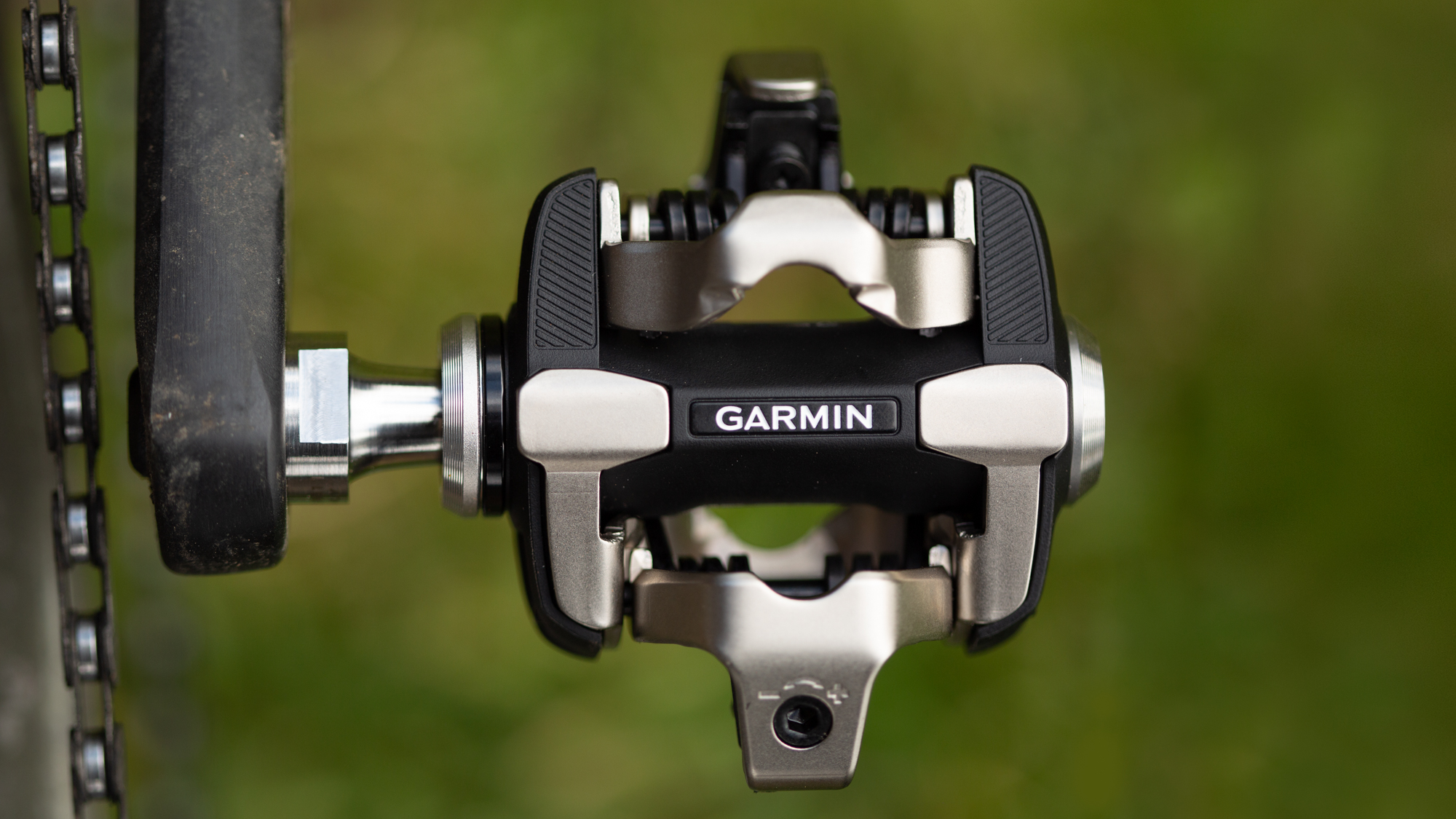
USA Cycling kick-starts training with a power meter
One of the things that I learned in my time researching and interacting with Hunter Allen is that he is an excellent self promoter. With a budding software company and a solid system for training with a power meter, Allen did what a smart businessman does and promoted it. Part of that was through media but part of that was also through articles that USA Cycling was sharing with its membership. In time, those articles grew into something more.
This step forward is something Allen credits to the USA Cycling education program and a man named Sam Callan. The innovation he calls out specifically is a series of in-person clinics around the country. Essentially an opportunity for coaches around the country to market themselves through continuing education and certifications and, in relation to power meters, power based certification.
Because the courses were rigorous, and respected, having a certificate mattered to an individual coaching business. Allen and Dr. Coggan taught these classes and as certified coaches grew in numbers, so did athletes who understood how to use the training metrics that Dr. Coggan created. While USA Cycling was at one point responsible for putting key people in a room together, the organisation was also responsible for the widespread adoption of power meter training, because of the coaching program, once the concepts existed.
This process of teaching certification is also what led to the, now, well-known book Training and Racing with a Power Meter. As is common for those in a position to share information with a group of people regularly, Allen says he got to a point where he thought "we should write a book on this, because I'm getting tired of answering the same questions and emails over and over." The idea, of course , was to "give all the answers to everyone so that people stop bothering us." Or, as I clarified—at least after the first edition published in 2006—he'd be able to tell people to check out the book for the answers.
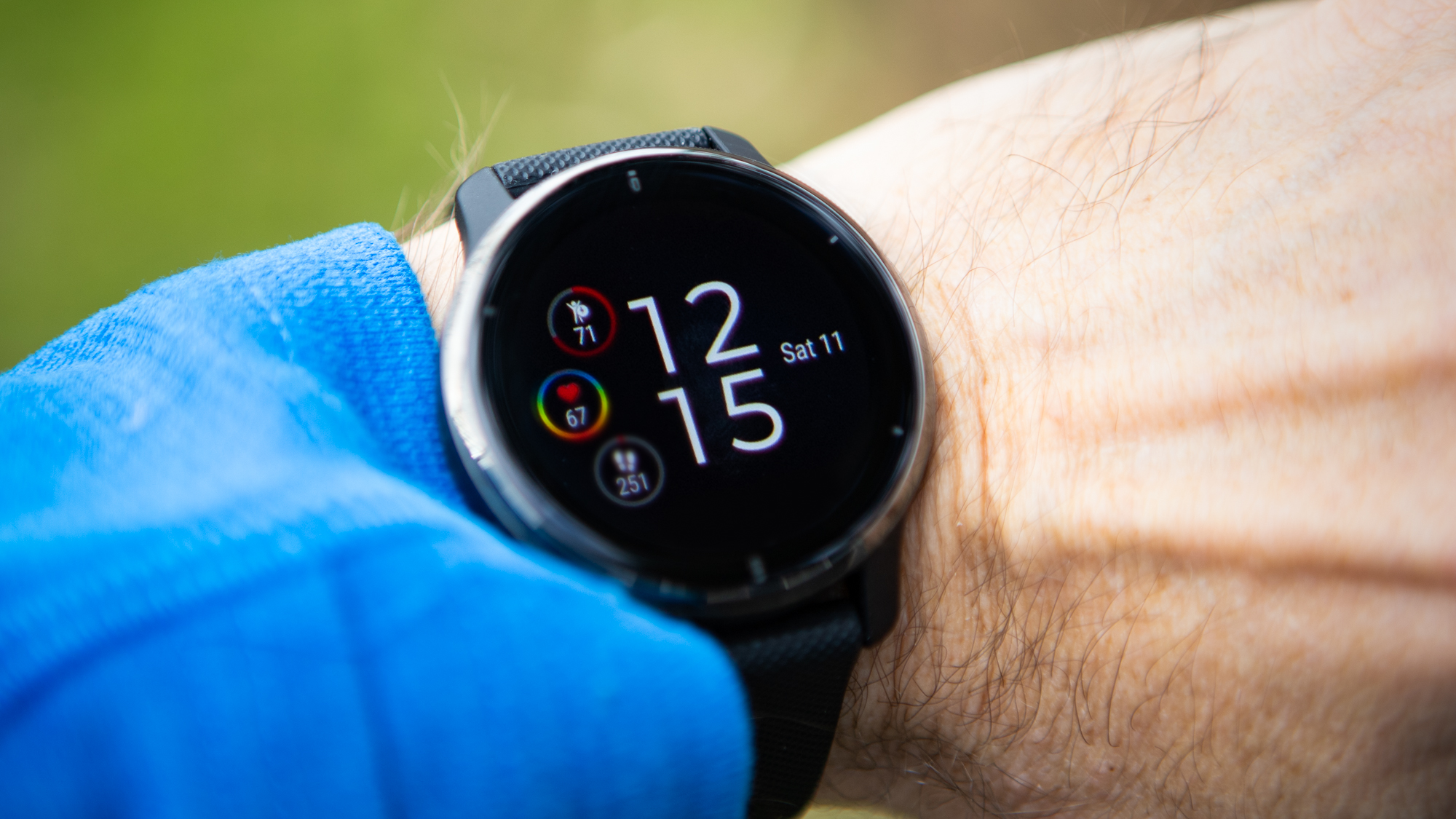
What comes next?
By 2010, power meter training was ubiquitous. The industry was mostly at a plateau and "there wasn't anything earth shattering coming down the pike." Left and right power started to become available but the question starts to become "what more is there to learn from a power meter?" It took until 2019 to gather enough new information for the third edition of Training and Racing with a Power Meter.
At this point gains are incremental and evolutionary. "The revolution had already happened and we were just fine tuning so you could have more and more tools." That leaves the obvious question of what comes next?
When I posed this question to Allen, he started by discussing the new range of sensors available to athletes. Things like lactate sensors, continuous glucose monitors, sweat sensors, and core body temperature sensors could bring about the next revolution in training by giving a more detailed picture of what an athlete is experiencing in their body while riding. Specifically Allen said "a power meter measured the work that we do but it doesn't measure the rest of your life or what's happening nutritionally."
I pushed further though and asked, "so is the next generation of training the sensor generation?" Allen answered "no." Instead he showed me his Garmin Fenix smartwatch and discussed how it measures his sleep cycle and heart rate variability.
His prediction for what comes next is what he briefly termed a "life score" and how products from brands such as Whoop, Oura Ring, Garmin, and now Apple will continue to add to a coaches ability to predict what training an athlete can handle.
Thank you for your Cyclingnews subscription. We use our subscription fees to be able to keep producing all our usual great content as well as more premium pieces like this one. Find out more here.







